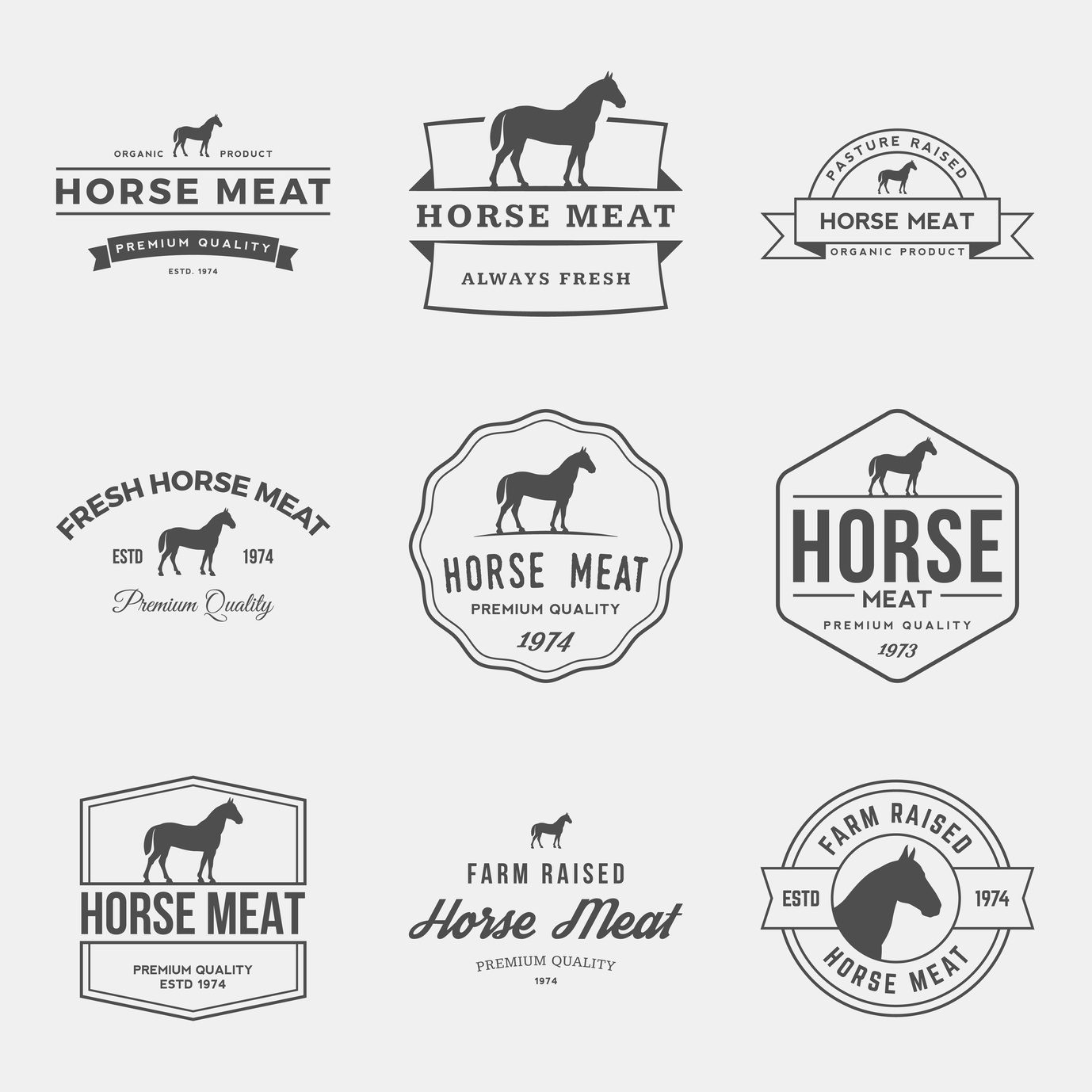From a humble beginning in 1998, when state-owned banks were first allowed to provide car loans, automotive financing has come a long way in China. Vehicle loans are now available through commercial banks and automotive finance companies (AFCs), which are mainly non-banking financing companies (captive subsidiaries of automotive OEMs, both domestic and foreign). According to a 2012 report by Minseng and Deloitte, outstanding car loans are expected to grow over five times to reach US$ 160 billion during the next decade, from US$ 31 billion in 2011.
China has been a late bloomer when it comes to automotive finance, mainly because of its cultural mindset, which has been against credit-based consumption (houses are still paid for in cash, so a cash purchase of a car isn’t considered a big deal). However, in the last few years, the Chinese have become more open to the idea of credit and the trend of automotive finance has caught up, mostly with younger generations. About 80% of automotive financing consumers in China are individuals in the 20-40 years age group, according to a survey conducted by China Europe International Business School. The survey also found that 30% of buyers in this age group are likely to choose some form of auto financing, compared to only 10% of buyers over the age of 40.
Auto loan penetration rate currently is about 10% and is expected to triple by 2017. Developed automotive finance markets such as USA, UK and Germany boast of penetration rate of 92%, 74% and 70%, respectively; thereby highlighting the underlying potential in the world’s largest automotive market.
This potential hasn’t gone unnoticed and China now boasts of having close to two dozen automotive finance companies; however, these AFCs only account for one-fifth of the car loans market. The market is instead dominated by commercial banks, mainly the big four state-owned banks, largely thanks to their significant first-mover advantage over AFCs (state owned banks have operated in this segment since 1998, while AFCs started offering auto-financing in 2003).
Another disadvantage for AFCs vis-à-vis commercial banks is their inability to raise funds through bank deposits or by issuing bonds. In China, AFCs are only allowed to raise funds through inter-bank lending. Consequently, interest rates offered by AFCs to car buyers are higher, making their services less competitive. Moreover, AFCs also face a mismatch between the maturity of short-terms loans they have to take from banks and the maturity of the long-term car loans they provide to their customers. With such unfavourable financial conditions, AFCs find it tough to compete with commercial banks.
In spite of the many constraints, AFCs continue to set up their businesses in China (almost 10 new entrants over the past 24 months). One luring factor is China’s gradual opening-up of its domestic financial markets to foreign investors. The world’s second-largest economy is also considering allowing foreign AFCs to issue financial bonds in China. Moving from bank loans to bond financing, should help AFCs reduce funding costs and become more competitive. Bond issuance will also help them in extending the average maturity of their liabilities and create a better maturity match between their assets and liabilities.
The market potential for automotive financing in China is obviously huge, and with the gradual easing of regulatory barriers, foreign financing companies are much more comfortable setting up a shop in the country. This will lead to more competitive financing options for automotive consumers and will also go a long way in popularizing automotive financing concept in China.







